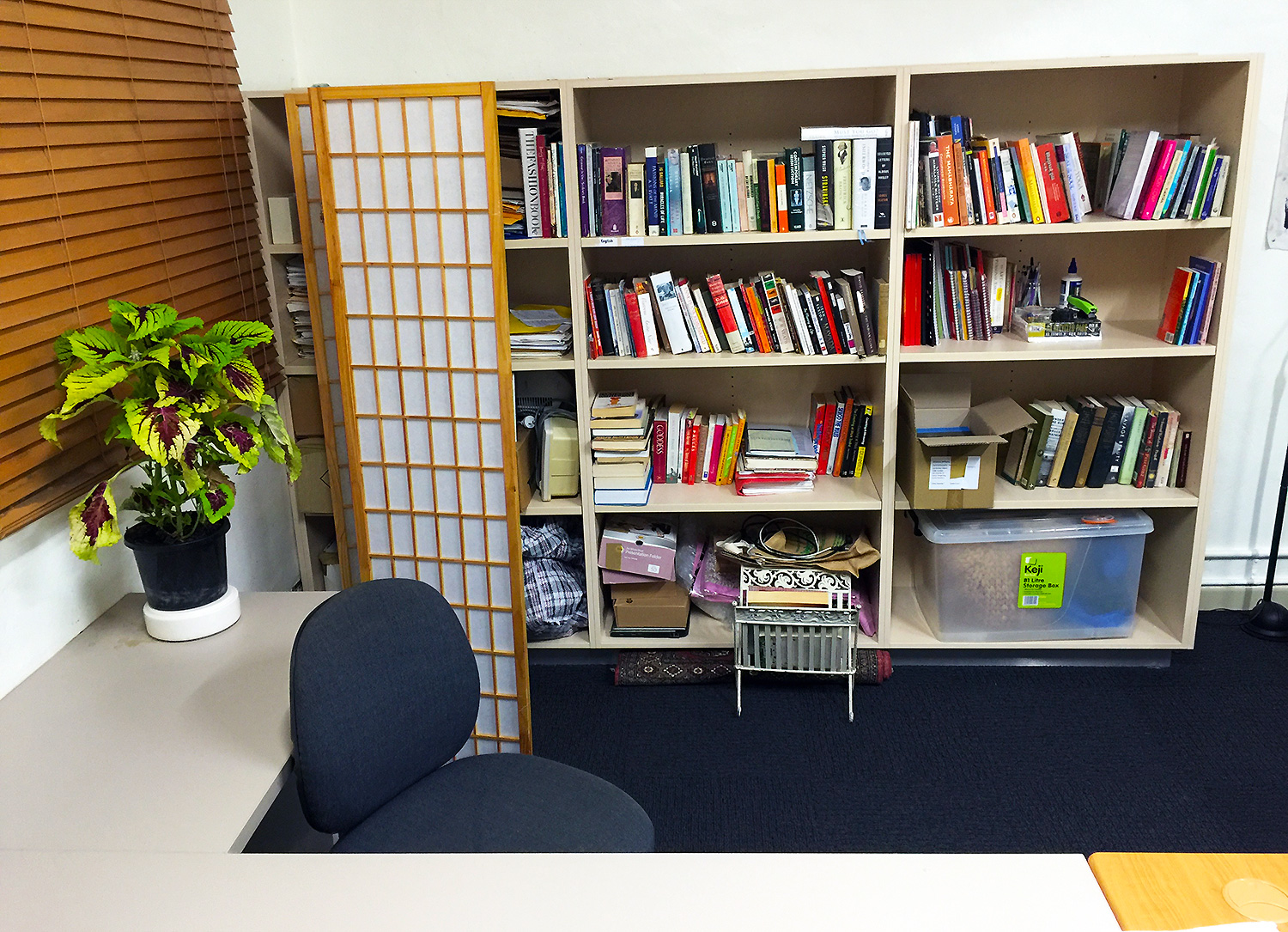Image via Sydney School of Arts & Humanities / website
The beauty of non-traditional offices is that they emerge and evolve to suit non-traditional industries. Take art and design. How inspired would the average artist or illustrator feel clad in a suit and crammed into a cubicle between finance and legal professionals?
The need for alternative, industry appropriate spaces is one of of the key drivers behind co-working spaces, some of which specifically target creative businesses. Over 600,000 people work in Australia’s $90 billion-and-growing creative sector, representing 6.2% of the total workforce. It’s predominantly SMBs: 98% of Australia’s 120,000 creative businesses employ fewer than 20 employees.
Based in a 130 year old bakery, SILO Paddington is a space dedicated to entrepreneurs in the creative industries. Each room has been uniquely designed by local artists with floor to ceiling wall art and recycled materials. Founder Jessie Larcombe says tenants include “solo entrepreneurs earning over seven figures in their business, working from a laptop.”
“Our space has become a second home for our creatives, not only providing them with an amazing space to work but a community to be a part of. We host a free monthly event ‘Connect + Create’ where creatives come together and work on a selected topic to build their business from marketing, branding, profit and loss, packaging and pricing,” Larcombe explains.
Freddy Grant is the marketing coordinator for online marketplace bluethumb. His company operates from The York Butter Factory co-working space, located in a heritage building in Melbourne’s CBD.
“Unlike other online industries, we actually need quite a bit of space. The York Butter Factory is great for us as we can hang the art we use in our exhibitions on the beautiful old brick walls and brighten the place up. It’s much better than putting it in storage! They also have a huge basement where we can keep our gallery walls. Other workspaces wouldn’t be able to accommodate us as well as this place,” Grant explains.
As well as small agencies and startups, the sector is populated by freelancers and independent contractors, many of whom have limited budgets and don’t work regular office hours. As such, flexibility becomes a priority, with creatives wanting to pay only for what they need, but being able to access it whenever they want.
Author and photojournalist Ferdinando Manzo rents deskspace at the Sydney School of Arts & Humanities (SSOA), a joint publishing company and writing collective.
“I’ve found the SSOA deskspace useful on several levels. I can come and go when I like, in the evening or at weekends, setting aside a few hours whenever I can manage it, preferably at a regular time. It’s helpful knowing that the space is always there for me, particularly working to a different time zone back in Italy,” Manzo explains.
Dr. Christine Williams, director of SSOA, says it’s important for writers and other creatives to be among their own kind.
“There’s the idea that we may happily be members of a family, a workplace, a recreation or study group, but we still need time on our own … and a space where no expectations are set on us to achieve, succeed, win, compete. or seek acclamation is a relief and a solace and actually conducive to creative thinking and creative working and creative producing. In such a space it can be pleasant to have some connection with others who are also part of the world of words and arts,” Dr. Williams says.
Freddy Grant says Australia’s creative sector is seeing fast growth, and bluethumb is introducing a $10,000 art prize to capture that wave.
“The art scene in Australia is exploding at the moment. Bluethumb and online art sales have taken off and are changing the landscape of the art world for artists. Artists are setting their own prices and selling from day one. It really is a bit of a revolution.”


 Dr. Gleb Tsipursky – The Office Whisperer
Dr. Gleb Tsipursky – The Office Whisperer Nirit Cohen – WorkFutures
Nirit Cohen – WorkFutures Angela Howard – Culture Expert
Angela Howard – Culture Expert Drew Jones – Design & Innovation
Drew Jones – Design & Innovation Jonathan Price – CRE & Flex Expert
Jonathan Price – CRE & Flex Expert











